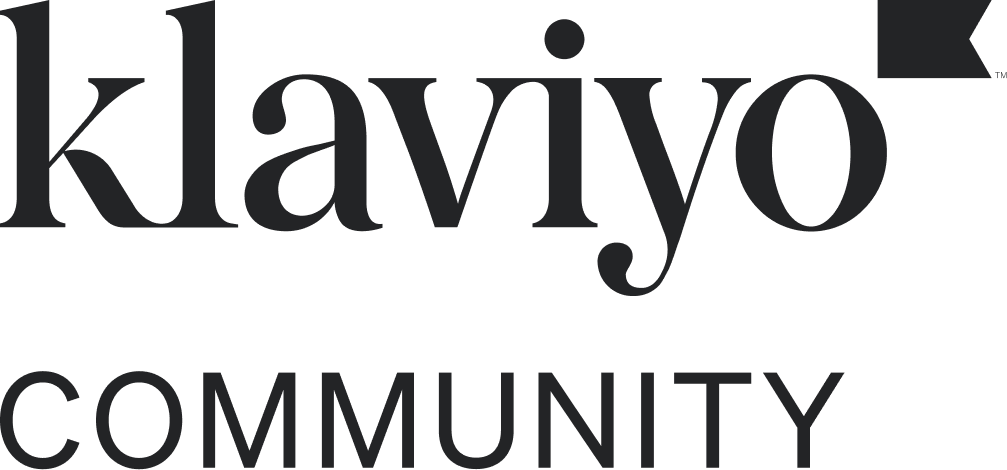Hello! Attempted fraudulent purchases on our site are triggering our Abandoned Cart Flow, which is creating profiles that are pushing us over our plan limit. There is a specific low-value product on our site that fraudsters have been targeting to gauge weakness in our fraud detection program. When I scroll through the list of profiles on our Klaviyo account, there are now thousands of profiles that have been created with randomized, non-viable gmail.com and yahoo.com and hotmail.com addresses. How can I prevent these profiles from being created?
Attempted Fraudulent Purchases Trigger Abandoned Cart Flow
Best answer by Mich expert
Preventing Fraudulent Profiles from Triggering Abandoned Cart Flow
Hi
This is a common challenge, and there are several steps you can take to prevent fraudulent profiles from being created in Klaviyo and triggering your Abandoned Cart Flow. Here’s a structured approach to mitigate the issue:
1. Use Double Opt-In for Email Collection
By enabling double opt-in, only users who verify their email addresses will be added to your list. This will prevent fake or randomized email addresses from making it into your system.
- Go to Lists & Segments > Select your list > Settings > Enable Double Opt-In.
2. Add Email Verification at Checkout
If your e-commerce platform supports it, consider implementing email verification or CAPTCHA at checkout to prevent bots from submitting fake addresses.
3. Create a Segment to Identify and Suppress Fake Profiles
Since fraudsters often use free email providers (e.g., @gmail.com, @yahoo.com, @hotmail.com) and randomized names, you can create a segment to filter suspicious profiles:
- Go to Segments > Create New Segment
- Use conditions like:
- Email contains @gmail.com OR @yahoo.com OR @hotmail.com
- Placed Order = 0
- Created in the Last X Days (Adjust based on your observation)
- Once identified, you can bulk suppress these profiles under Profiles > Suppressed Profiles to ensure they don’t count toward your plan limit.
4. Adjust Your Abandoned Cart Flow Filters
Modify the Trigger Filter in your Abandoned Cart Flow to prevent it from firing for suspicious users:
- Checkout Started > Email does not contain random string patterns (e.g., “+” in Gmail addresses)
- Checkout Started > Email does not match past customer behavior
5. Implement Fraud Detection Tools
Consider using fraud prevention tools like Signifyd, NoFraud, or Shopify’s built-in fraud analysis to block high-risk transactions before they reach Klaviyo.
6. Regularly Clean Your Profile Database
Since these fraudulent profiles have already accumulated, you may want to:
- Export and bulk delete them from Klaviyo.
- Set up automated suppression rules for future detection.
Let me know if you need further guidance on setting up these solutions. Hope this helps!
Best,
Mich
Klaviyo Community Expert
Reply
Enter your E-mail address. We'll send you an e-mail with instructions to reset your password.




![[Academy] Deliverability Certificate Forum|alt.badge.img](https://uploads-us-west-2.insided.com/klaviyo-en/attachment/505f2253-cde5-4365-98fd-9d894328b3e0_thumb.png)




